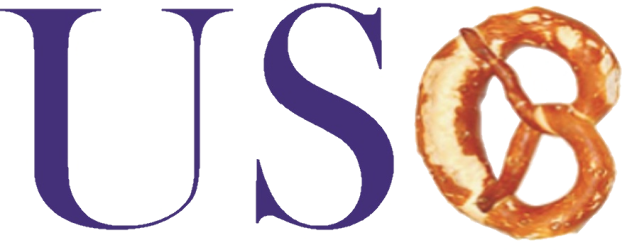„Biologists propose a dichotomous definition of lifetime to either both classify biological things as living, nonliving, or inanimate (or inanimate) according to some particular group of requirements“ (Sandberg, 1999)
While this dichotomous definition can be popularly employed, the living vs. non living explanation for those distinctions in between living organisms and non living ones is really writing services not simple.
However on the one hand, the more definition of biology suggests there are particular classes of classes that would be hailed as alive, and organisms which will be hailed as nonliving. This might seem to create sense. After all, how else can you categorize something if it had been already dead like nonliving? But, there are 3 primary troubles with the dichotomous definition of the life.
There is the dichotomous definition of education. In this definition, although broadly employed, does not signify the better part of the biological literature. For example, from the analysis of hypoxia, a state in which oxygen levels are extremely minimal, the definition of“non living“ refers to live organisms which are only in the lab, and to those organisms in that there is not any practice of cellular respiration. Though“alive“ organisms that have been in laboratory states have both cellular respiration and a lifetime cycle, cells at these states will also be known as“non-living.“
While there is still some controversy on what constitutes living organisms, there are strong agreement that there are different methods of cell respiration, and thus of cellular respiration definition. As a result, in the study of cellular respiration, most cellular respiration definitions consider all cellular respiration processes to be alive. Thus, cellular respiration is considered a major determinant of the boundaries between living and nonliving organisms.
The 2nd issue with the dichotomous definition of mathematics is the word“cell respiration“ itself is a real source of confusion. Respiration is just one of one of the concepts in physics to comprehend. It is the process of supplying carbon dioxide having a oxygen source which allows an organism to live while cell respiration is recognized as being mandatory for cellular life. It is a feature of an organism, but maybe not fundamentally a defining feature of the life.
Exactly the same has been true. Plants could be classified as either as or living, nonliving can plants, but quite a few biologists believe this so as to correctly clarify an organism in scientific stipulations, it is essential to define it. Many biologists would agree that a mobile respiration definition is reasonable, and therefore that they require a kind of mobile respiration while there is a debate concerning if organisms should really be labeled as living or nonliving.
Lastly, still another issue with biology’s dichotomous definition is that if it had to be accepted, it would still not provide a frame for differentiating between living and non living organisms. When the definition of biology is applied by way of example, there’s a lot of uncertainty regarding whether these cells are genuinely alive, as they don’t have. Furthermore, there’s the issue of defining“living“ in a environment where oxygen is virtually anywhere.
While a dichotomous definition of biology does make sense, it may not be the best option for describing living and nonliving organisms. It is not only problematic for scientists to define organisms by their cellular respiration, but there are several problems associated with classifying living and nonliving organisms by cellular respiration. Thus, it may be important to consider alternative ways of classifying living and nonliving organisms, including the use of physiological concepts that are based on biology.

